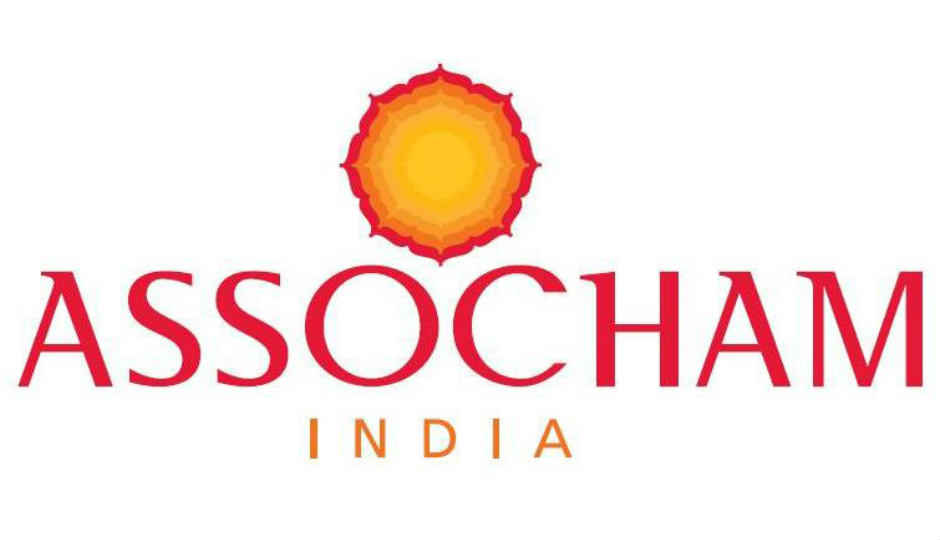Electronics and hardware sector to reach $112-130 bn by 2018: Study

According to a study by ASSOCHAM-EY, the Indian electronics and hardware industry is expected to grow at a rate of 13% to 16% during 2013-18
The Indian electronics and hardware industry is expected to grow at a compound annual growth rate of 13% to 16% during 2013-18 according to a study by ASSOCHAM-EY. At this rate, the industry will grow to reach $112-130 billion by 2018 from the current level of $75 billion. This growth is expected on the back of rising consumer demand, growing disposable incomes, declining prices of electronics, and more. The study also highlights the key demand-side and supply-side challenges faced by companies in this sector and presents some policy recommendations to strengthen electronics manufacturing in India.
Read the complete press release below
The Indian electronics and hardware industry is expected to grow at a CAGR of 13%–16% during 2013–18 to reach US$112–130 billion by 2018 from current level of $75 billion, according to an ASSOCHAM-EY study titled ‘Turning the Make in India dream into a reality for electronics and hardware industry’. The growth is expected on the back of rising consumer demand, growing disposable incomes, declining prices of electronics, and numerous government initiatives such as wider broadband connectivity, e-governance programs and others, notes the study.
The study also highlights the key demand-side and supply-side challenges faced by companies in this sector and presents some of the policy recommendations to strengthen electronics manufacturing in the country. Growing reliance on imports for electronic components and rapidly increasing demand for electronic products makes it crucial to enhance /strengthen India’s electronics manufacturing capabilities. Around 50%–60% of the demand for electronic products and the demand for nearly 70%–80% of the electronic components market is fulfilled through imports.
According to Milan Sheth, Partner and Leader – Technology, EY, “The Make in India initiative, combined with global manufacturers looking to relocate their manufacturing base from China to alternate locations such as India, Vietnam and Indonesia due to mounting labour costs provides a strong impetus to the Indian electronics and hardware industry. It presents an opportunity to become a manufacturing-led sector in India from being predominantly consumption-driven.”
That said, there exist certain challenges around ease of doing business, taxation-related issues, and lack of end-to-end manufacturing value chain including component ecosystem, skilled labour unavailability and infrastructure bottlenecks in the country. Although the Government has undertaken steps to promote India as a manufacturing hub in the last two budgets, certain areas are yet to be addressed.
With the electronics sector expected to grow rapidly in the coming years, avenues will open for manufacturers to invest in the Indian market. Companies are looking at increasing their manufacturing base in India to serve domestic markets and also the Middle East, Africa and SAARC countries. However, to ensure that this momentum keeps pace, the industry and the Government need to work together, to make the Indian electronics industry highly competitive, notes the report.
ASSOCHAM has been striving to create a common platform for the government and the industry to come together on the possible solutions to the current set of challenges and opportunities. The conference provided an opportunity to the panellists to reflect upon the obstacles and chart out a roadmap for the success of the Make in India initiative.




